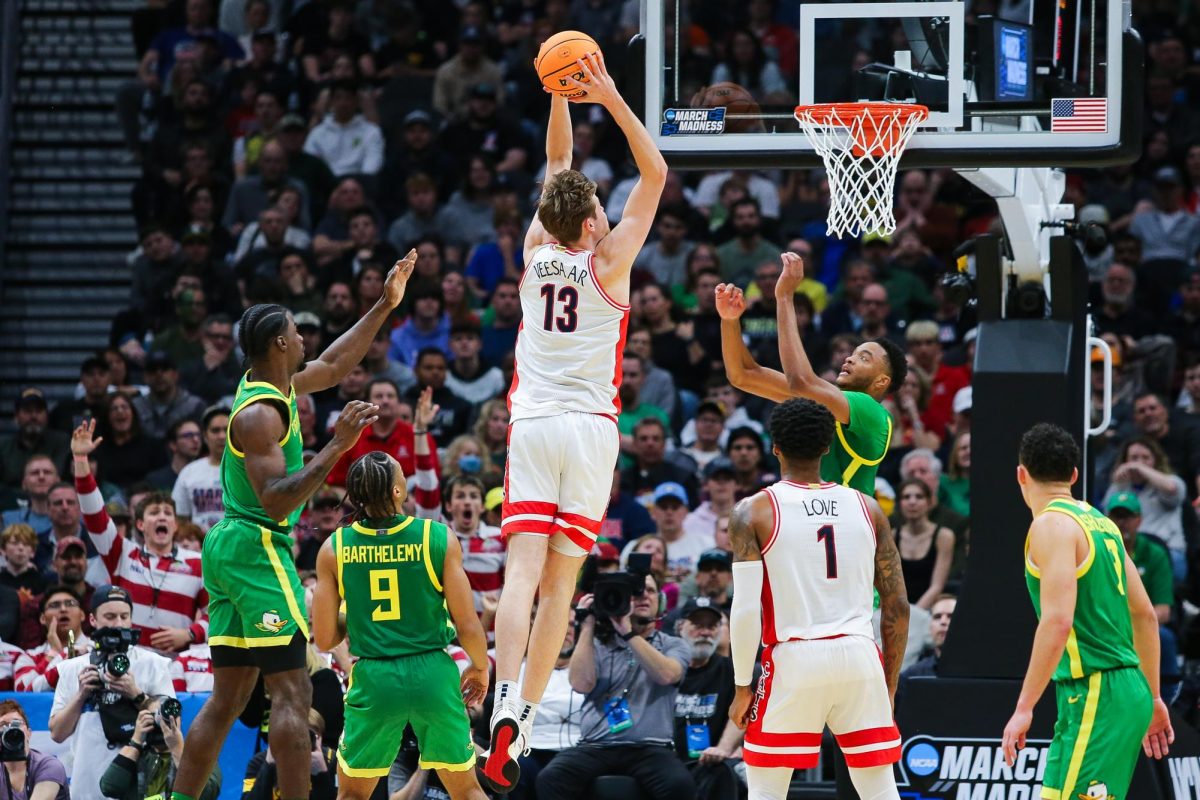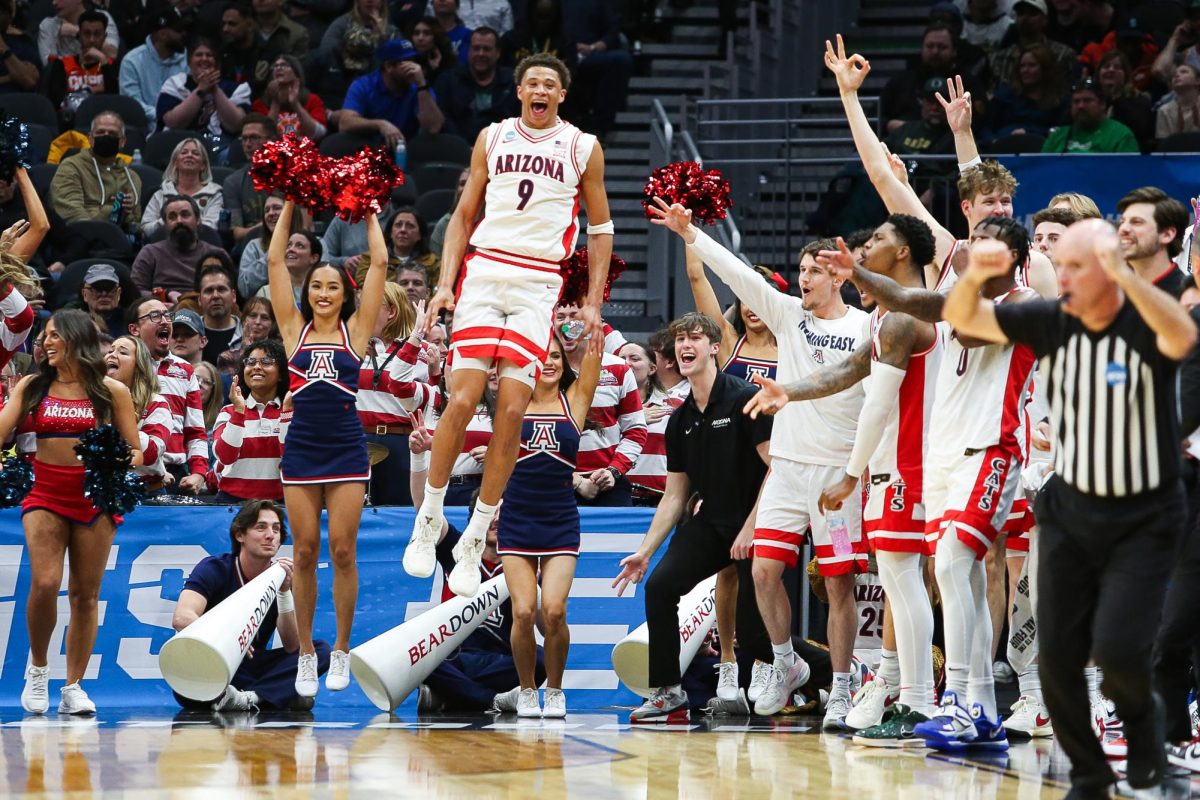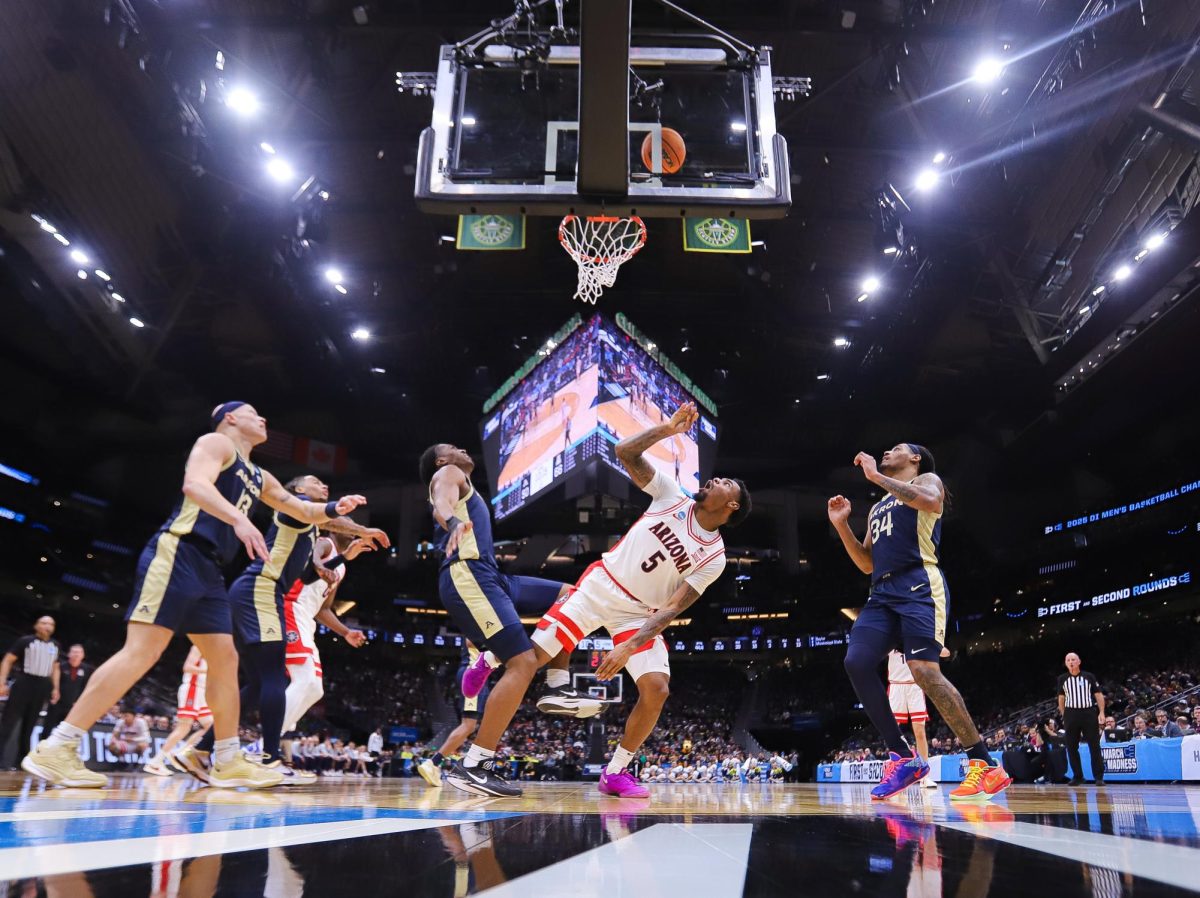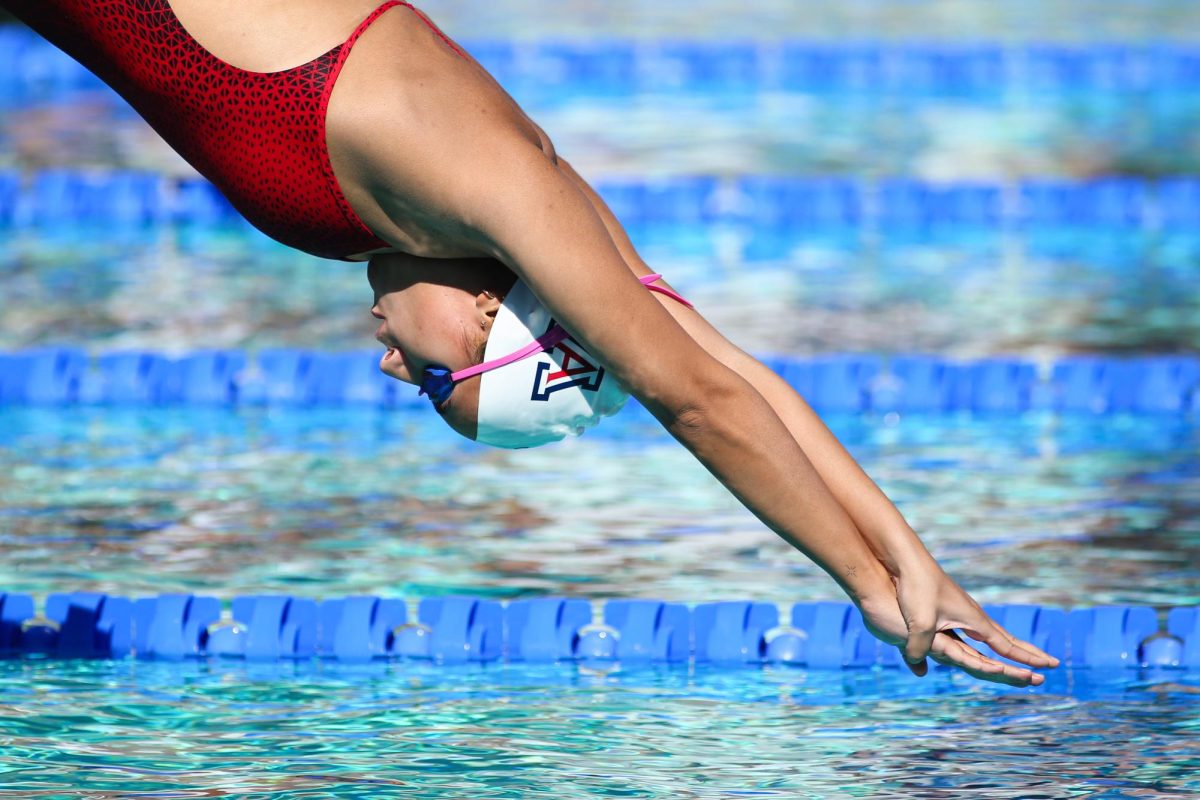This past season was one of the most successful of all time for the Arizona men’s basketball team.
Its 33 total wins are the second most in school history.
That being said, the Wildcats had three preseason goals: Be the outright Pac-12 champions, the Pac-12 Tournament champions and the NCAA Tournament champions.
They only accomplished one of those goals. Once again Arizona failed to get past the Elite Eight. However, considering the injuries and adversity they endured, calling this season a failure might be too harsh.
Here are the season grades by position:
Point guard: B
Junior T.J. McConnell restored faith in the name “Point Guard U.” After much anticipation, McConnell proved to be the “true point guard” that Arizona had been missing.
In fact, his pass-first mentality was so evident that his lack of scoring became a negative.
Senior Jordin Mayes was a strong reserve who brought defensive emphasis when he stepped on the court.
However, once again a lack of offense limited the point guard position.
Shooting guard: A
When your starting two guard is the Pac-12 Player of the Year and a finalist for the Naismith Trophy there’s not much to complain about.
Junior Nick Johnson is easily one of the 50 greatest Wildcats of all time. If he returns for a senior season, he has the potential to be one of 25 greatest Arizona basketball players of all time.
Alongside Johnson, sophomore Gabe York filled in well as a third guard after sophomore forward Brandon Ashley’s injury. York’s improvement from last season might have been the most dramatic, next to Ashley’s.
Small forward: A-
For most of the season the small forward position was split between freshmen Aaron Gordon and Rondae Hollis-Jefferson.
Gordon’s rebounding ability and athleticism allowed him to have one of the most successful freshman seasons, and his 303 rebounds this season are the most by any Arizona freshman ever.
Hollis-Jefferson was the spark off the bench. An energetic and never-ending effort was what Hollis-Jefferson brought to the court. His energy helped him excel as a rebounder and a shut down defender. If he returns and develops more of an offensive game, his potential appears limitless.
Power forward: B
The power forward position was a complicated one this year. For the first 21 games, it was the most consistent and reliable position. Arizona head coach Sean Miller has said players grow the most between their freshman and sophomore season, and Ashley was a perfect example of that.
His height and skill gave Arizona tremendous size in the post. When he left, that was gone.
The depth behind Ashley failed to make up for his loss, and the Wildcats went from a great rebounding team to an average one.
Center: B
Once Ashley went down, the center position was primarily sophomore Kaleb Tarczewski’s. Junior Matt Korcheck was a decent replacement to give Tarczewski rest, but for the most part, the 7-foot Tarczewski was it.
Over the season, Tarczewski improved his offense by becoming better at creating his own shot. In fact, Tarczewski’s offense seemed to improve most after Ashley was injured.
But once again the Wildcats’ inability to have depth beyond Tarczewski hindered Arizona’s grade and chances of reaching the Final Four.
Coaching: A
The Wildcats’ season could have gone to the dogs when Ashley was injured. However, Miller and his coaching staff found a way to save face.
Miller quickly recognized the change in the team and found a three-guard lineup that worked.
—Follow Luke Della @LukeDella















